Last Updated: September 19, 2024
There are many reasons to visit Milan—the food, the culture, the history and, of course, the fashion. Milan is the gateway to northern Italy and the perfect jumping-off point for trips to idyllic Lake Como or up into the Italian Alps. Probably first and foremost for being a fashion capital of the world, Milan is also famous for the iconic churches Santa Maria Delle Grazie and the Duomo di Milano, as well as for hosting Leonardo da Vinci’s masterpiece, The Last Supper. This is a perfect area to start your retirement travel adventure.
Beyond the sights and the geography, Milan is also full of rich culture and history. From the Visigoths to the Hapsburgs to the Kingdom of Italy, Milan has been an economic powerhouse, fueling empires and creating flourishing arts and culture communities. The La Scala opera house is one of the most respected houses in Italy, and the Milanese fashion houses, like Armani and Dolce & Gabbana, are some of the most influential in the world.
Architecturally, Milan is different from many Italian cities because it was one of the most heavily bombed cities in Italy during World War II. The effects of the war can still be seen in scorch marks on ancient buildings and the relative prevalence of modern architecture. The mix of old and new makes Milan’s streetscapes endlessly fascinating and perfect for a favorite activity among locals and tourists alike Milan—people watching.
Traveling to Milan
By Air
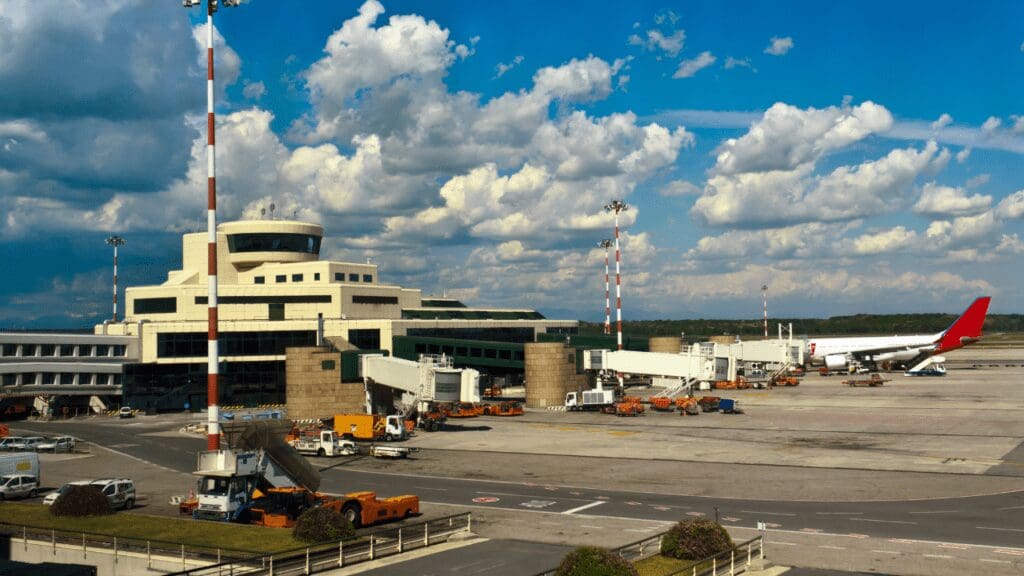
Like most major European cities, Milan is incredibly accessible by plane, train, or car. If you’re flying directly to Milan, three airports serve the city. The largest of the three is Malpensa Airport (MXP), where all non-EU originating flights will arrive. It is 50 km outside the city and is easily accessible by taxi, rental car, or train. The other two airports, Milan Linate (LIN) and Orio al Serio airport at Bergamo (BGY), may not be considered the “main” airport in Milan. Still, they are accessible to the city as well, and you can often snag deals in and out of these airports, especially if you are taking a flight to another EU destination.
By Train

If traveling from another EU country, consider taking a train instead of a flight to Milan. Europe is famous for affordable and convenient train service, and Milan is no different. The central train station, Milan Centrale, is a significant hub for inter-EU trains and trains that crisscross Italy. Unlike arriving by air, taking a train will also set you down right in the city center, without a need for a bus or train. In addition, Milan Centrale is a striking historic station, just 5 minutes by taxi from the Piazza del Duomo.
Getting Around in Milan
As you create your itinerary for your trip to Milan, remember how you will get around. You will want to be able to explore different parts of the city, from the Piazza del Duomo to the historic San Lorenzo neighborhood to the festive nightlife district of Navigli. Of course, our favorite way to get around in Milan is by walking—that’s how you come across hidden gems or architecture, cuisine and culture—but in making a travel plan, it’s easy to take the metro, tram, or bus.
Milan’s Metro
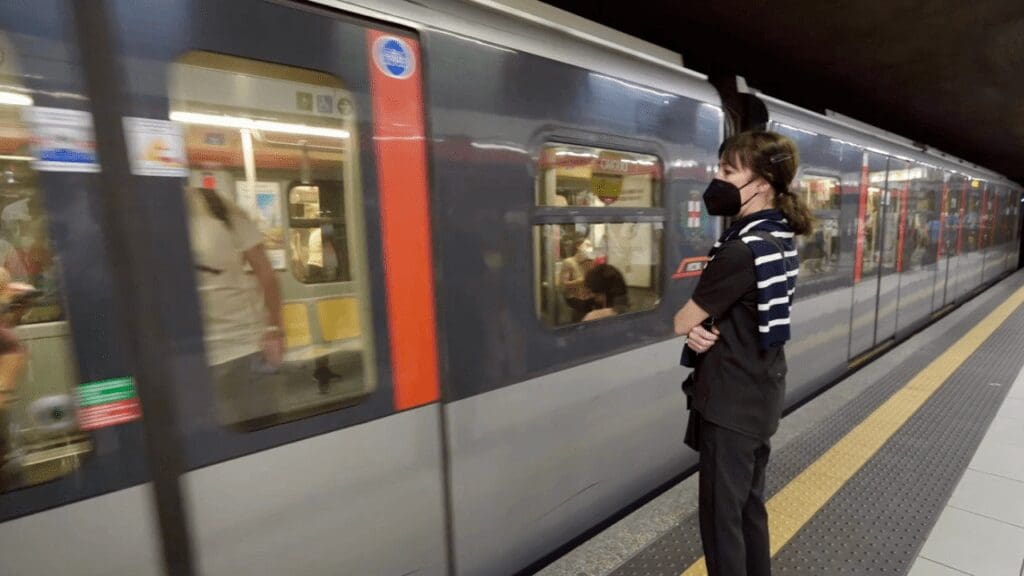
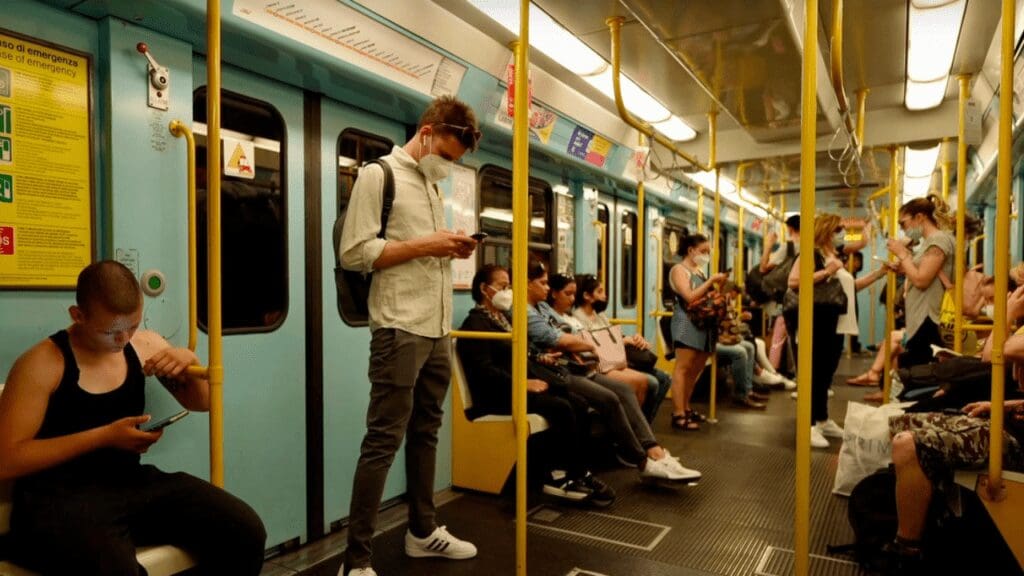
Milan’s metro system is known as one of the best in Italy. It is accessible and reliable, but if you know anything about public transport in Italy, you’ll learn to expect the unexpected. Our best tips for the Milanese metro are:
– Make sure you know all the stops where your train is going. This may sound basic, but often trains will be labeled by a stop that is not actually the final stop, and multiple different stops in different places can refer to the same train.
– Buy a ticket at the ticket machine in the metro station. There is a transportation app, but it can be hard to navigate, and having a physical slip of paper makes it easy to keep track of checking in and out of the metro.
– Don’t be afraid to take a tram. You can ride the tram with the same ticket you use for the metro, and it can be a convenient, not to mention picturesque, way of getting to your final destination.
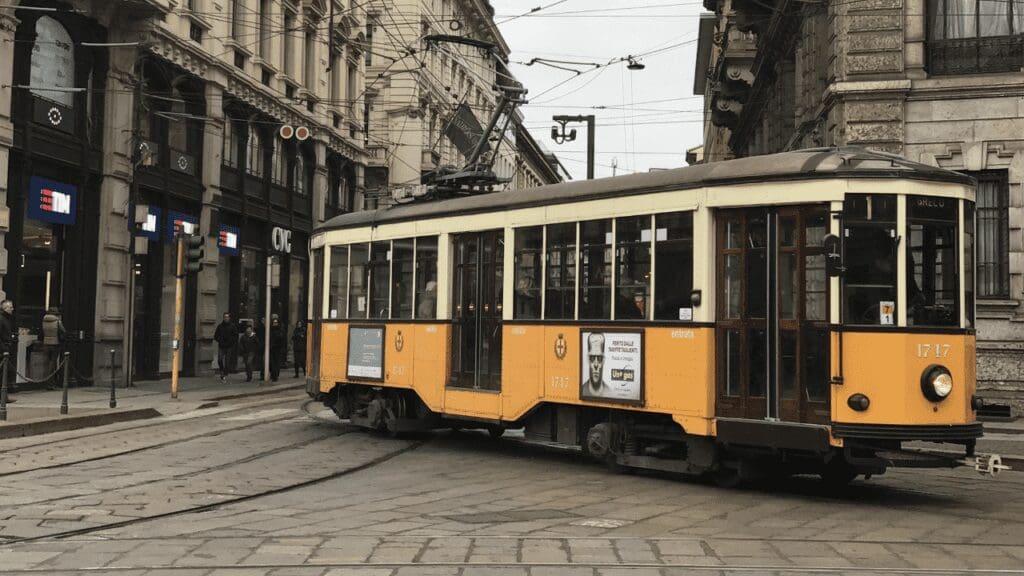
The Best Things to Do in Milan
Duomo di Milano
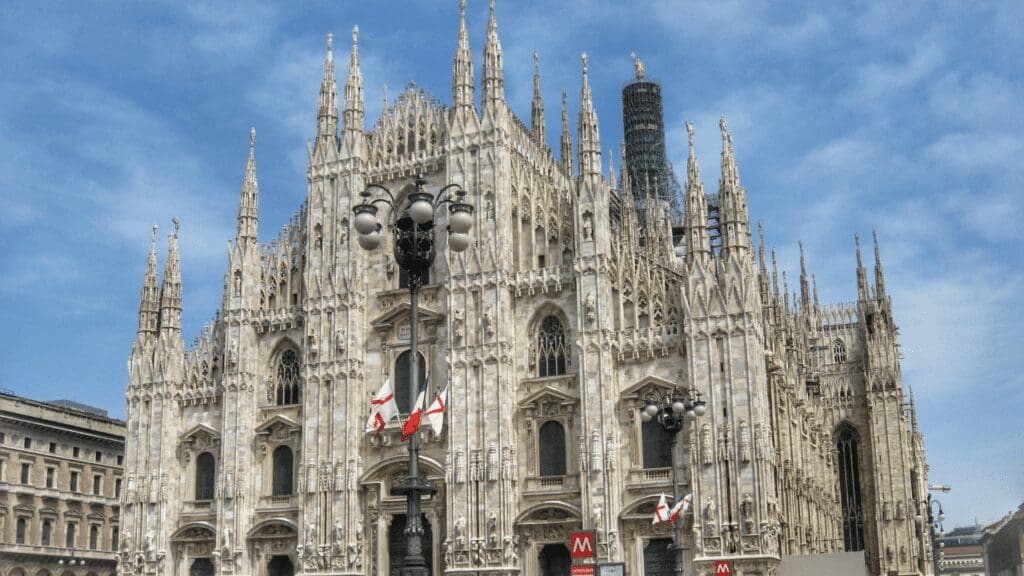
The crown jewel of Milan, the Duomo, is the first thing on every travel guide to Milan, and for a good reason. The Gothic masterpiece took six centuries to complete, beginning in the 14th century, and it is the second largest church in Italy behind St. Peter’s Basilica in Rome. While it is free to enter the Duomo to attend Mass, you will need a ticket to visit the Cathedral for viewing purposes. In addition, there are tickets for inside the church, the outer terraces, and the rooftop section where you can climb to the top of the Duomo and look out onto the city skyline.
Leonardo da Vinci’s Last Supper
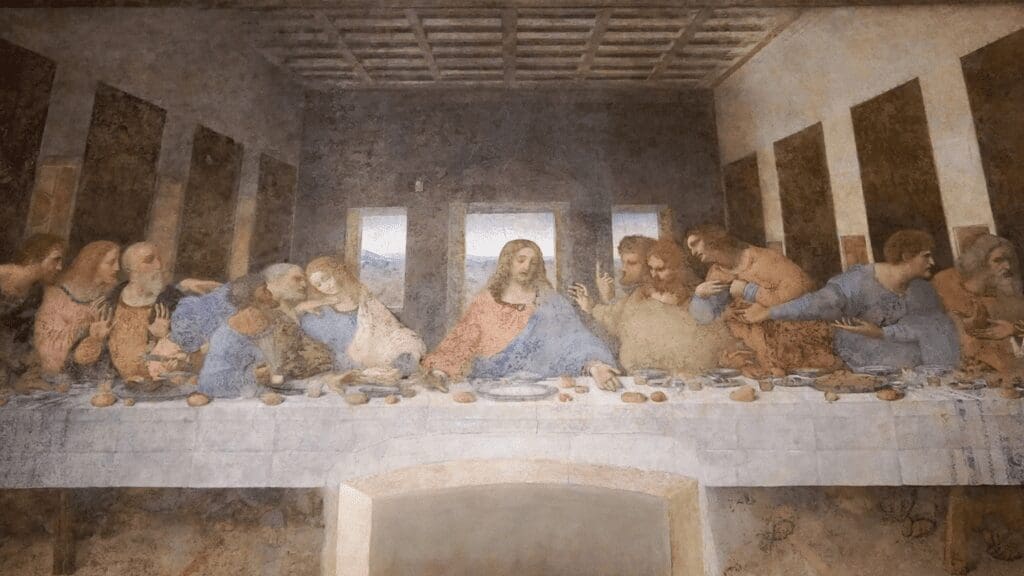
Commissioned by Ludovico Sforza, the Duke of Milan, in 1495, the Last Supper is one of the most famous paintings by the prolific Leonardo da Vinci. The painting is a mural and remains housed in the rectory of Santa Maria Delle Grazie, where it was created over 500 years ago. The Last Supper depicts a scene from the Bible, including Jesus and the Disciples, and it has been hailed as one of the greatest artistic masterpieces in history. You will need a ticket to get in to see the Last Supper, and tickets book far in advance, so if seeing this iconic piece of art is on your Milan bucket list, be sure to plan ahead.
Santa Maria delle Grazie
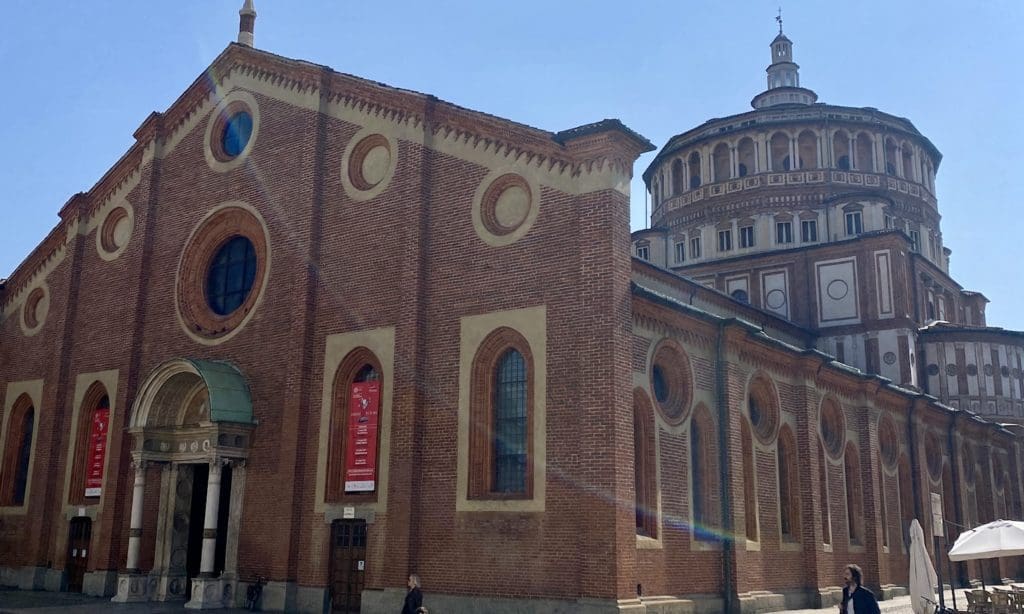
This home to the Last Supper, Santa Maria delle Grazie, is recognized as a UNESCO World Heritage Site. Construction began on this church in 1463, making it older than the Duomo. One of Milan’s most significant historical pieces of architecture and art, it was hit in the World War II bombings, and much of the refectory was destroyed; however, the wall containing the Last Supper remained unharmed. Conservation projects have since been undertaken to preserve the Last Supper for the present and future.
Galleria Vittorio Emanuele II
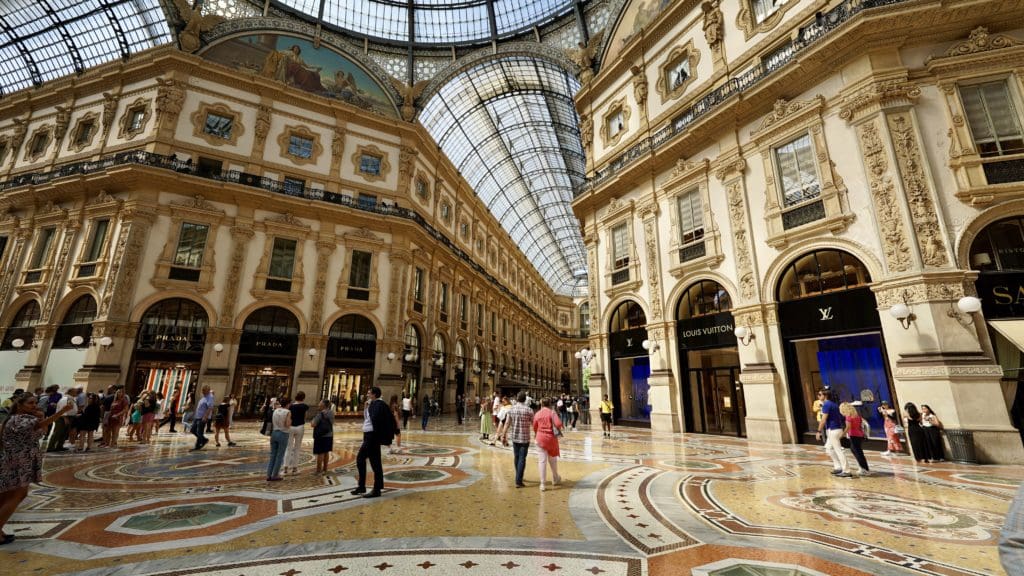
This beautiful four-story Galleria, Italy’s oldest active shopping gallery, is right across from the Duomo di Milano. Named after the first King of Italy, Victor Emmanuel II (1861-1878), the Galleria was built in 1865. Some of the original 19th-century shops are still there today—most notably the Biffi Caffè, founded in 1867. These days the Galleria houses the most iconic shops in Milan—Versace, Armani, Dolce & Gabbana, and more. While the shopping here is incredible, the real draw of the Galleria is the people-watching. Grab a coffee from one of the cafés and sit to watch tourists mix with Milanese citizens and fashionistas.
La Scala
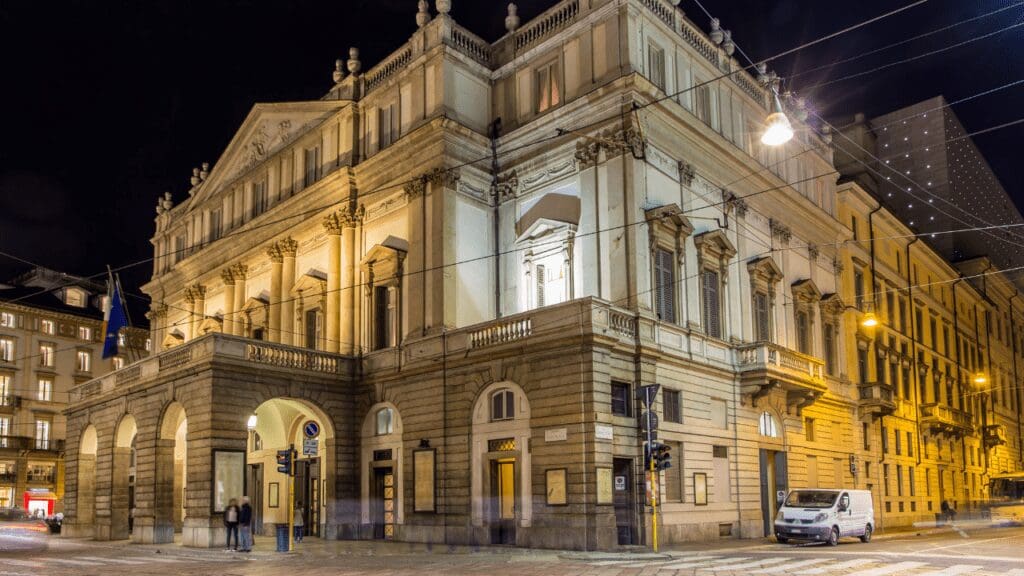
One of the most famous opera houses in Italy, La Scala, is full of history, beautiful architecture, and operatic drama. The house was home to premieres by Italian operatic greats like Puccini, Bellini, and Verdi. La Scala is most famous for its rowdy audiences. They are known to voice their opinions loudly and decisively in the middle of the performance. Standing ovations are rare at La Scala. Many a famous opera singer has been booed off stage by a disapproving Milanese audience.
La Scala holds tours of the opera house, so you can see the inside without purchasing a ticket. To see a performance, it can run into the hundreds of euros. Less expensive tickets are available for those in the know. They can be a fantastic way to see an iconic opera house in action. If you see crowds gathering along the side of the opera house early in the morning, those people are waiting for a bargain, same-day ticket to a gallery seat for the opera tonight.
Sforzesco Castle

The Castello Sforzesco was a 15th-century medieval fortification. It was the seat of the powerful Sforza family during their rule as Dukes of Milan. The Sforza family is most well known for being the patrons of Leonardo da Vinci. They commissioned the Last Supper and many more of his pieces. Initially constructed in 1358 by the Visconti family during their reign, Francesco Sforza took over the castle and enlarged it into the ducal residence when he gained control of the city. Now the castle complex is home to art museums and museums of the history of the Milanese region. Notably, the museums are home to masterpieces by Titian, Caravaggio, Tintoretto, and the Rondanini Pieta, the last work of Michelangelo. It is only a 15-minute walk from the Piazza del Duomo. This castle is worth the visit to learn about the history of Milan and see more of Milan’s rich culture.
The Navigli District
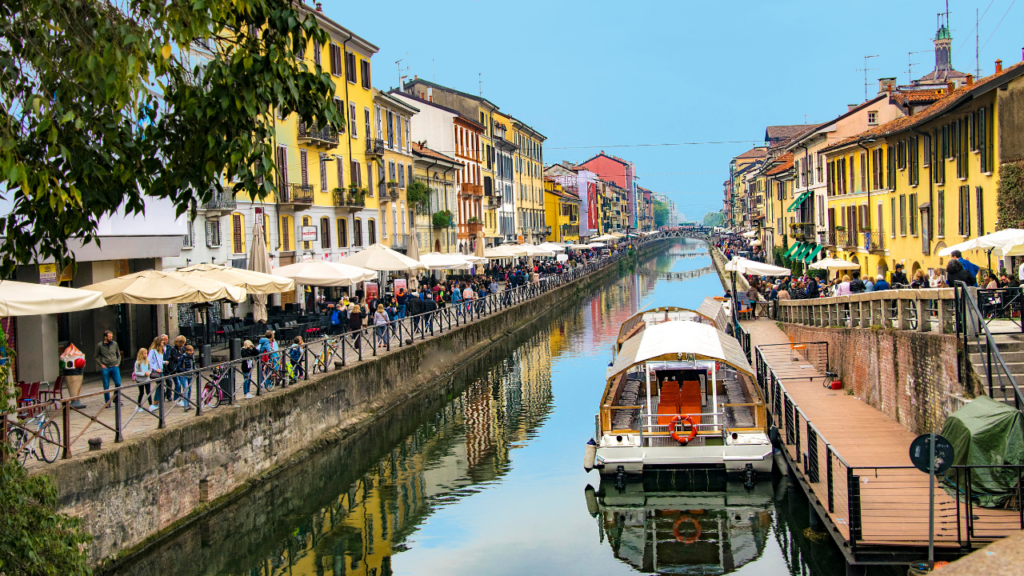
After a long day of sightseeing, enjoy a night out in Milan’s vibrant nightlife in the Navigli district. Picturesque canals, romantic cafés, and lively bars create a welcoming, exciting atmosphere. It is that little slice of Venice in the heart of Milan. So whether you want to dance the night away or tuck yourself into a secluded corner to people-watch with a glass of wine, the Navigli district is the place to experience the modern Milanese culture. For the whole local experience, get a Campari aperitif (spelled aperitivo in Italian). Campari was invented in Milan and is the perfect drink for a pre-dinner, relaxing by a canal in Navigli.
Day trip to Lake Como

Milan is the gateway to northern Italy, so it is a great place to start your trip. It might be to the Italian Alps or, our favorite, Lake Como. So, plan a day trip to Lake Como from Milan and hop on a boat to Bellagio. Another option is just walk around and enjoy the beautiful scenery of various towns.
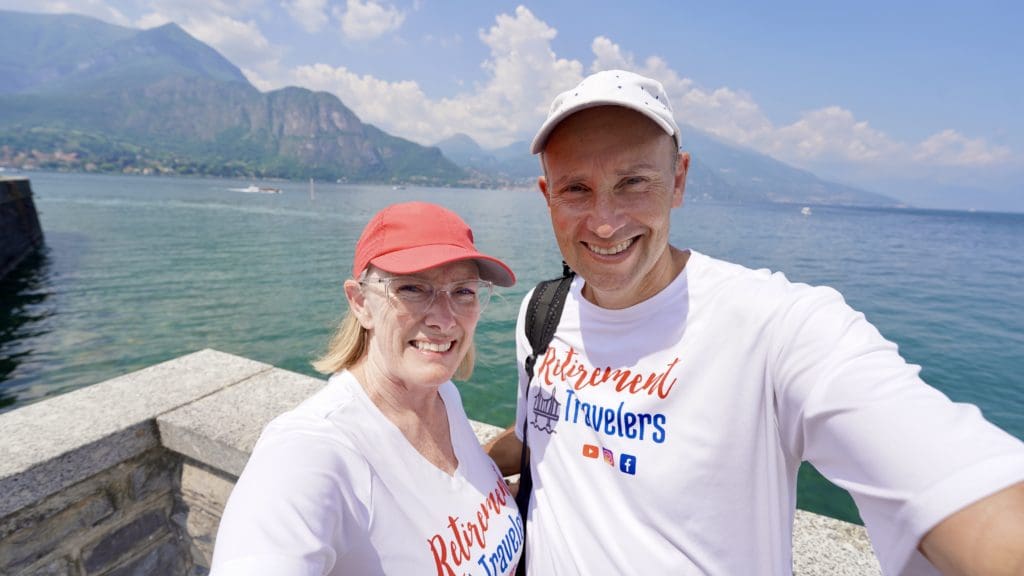
Best Time to Visit Milan, Italy
We have linked a great website to this button showing the weather for this location by the month. Click below to be taken to Weather-and-Climate.com.
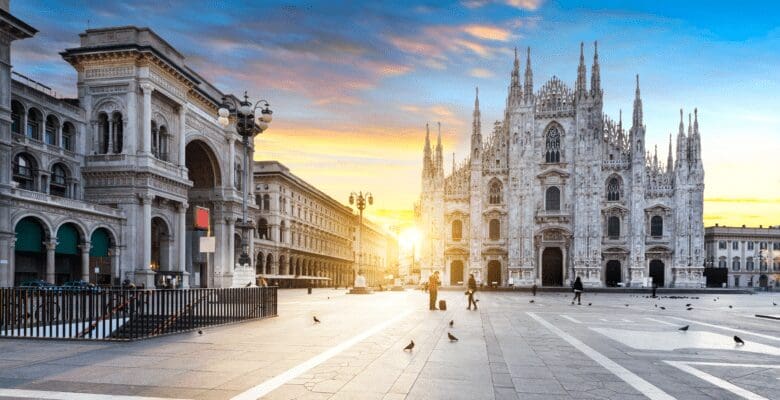



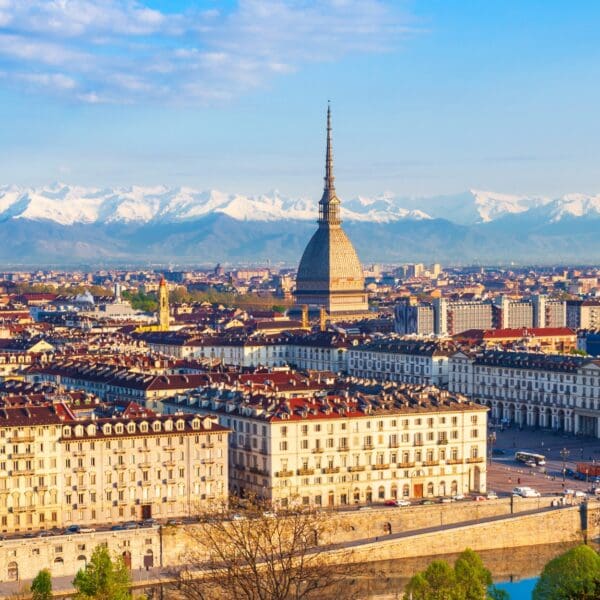
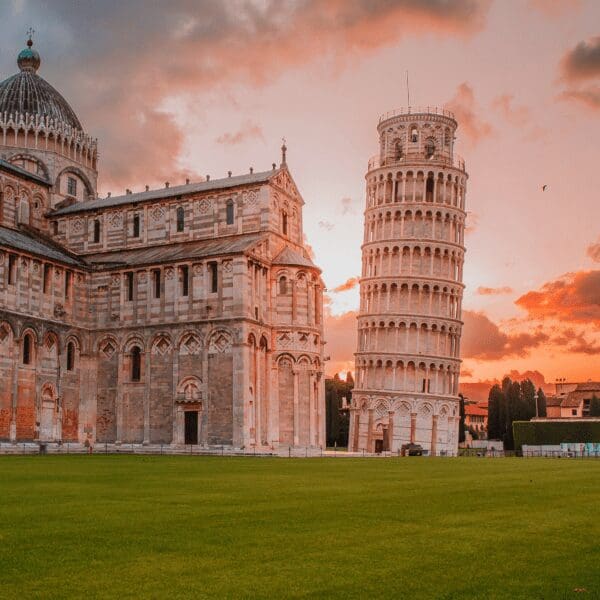
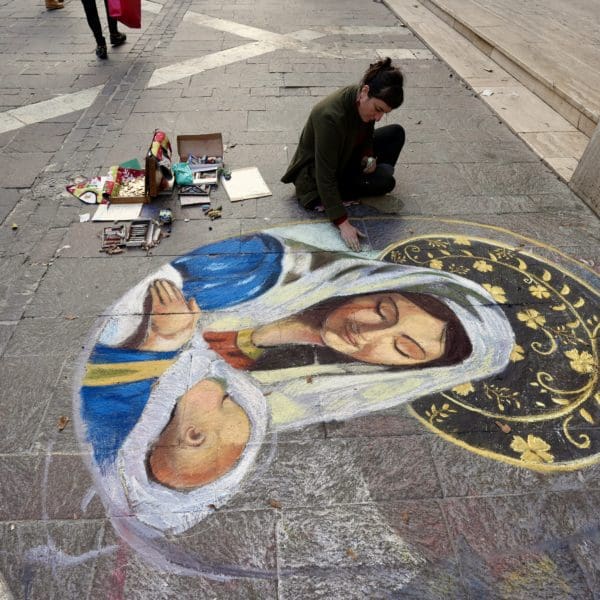
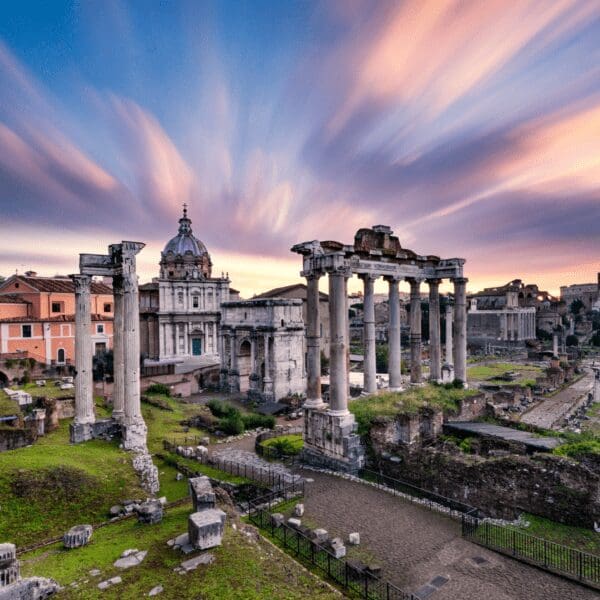
Leave a Reply